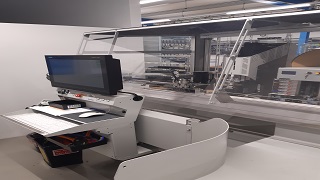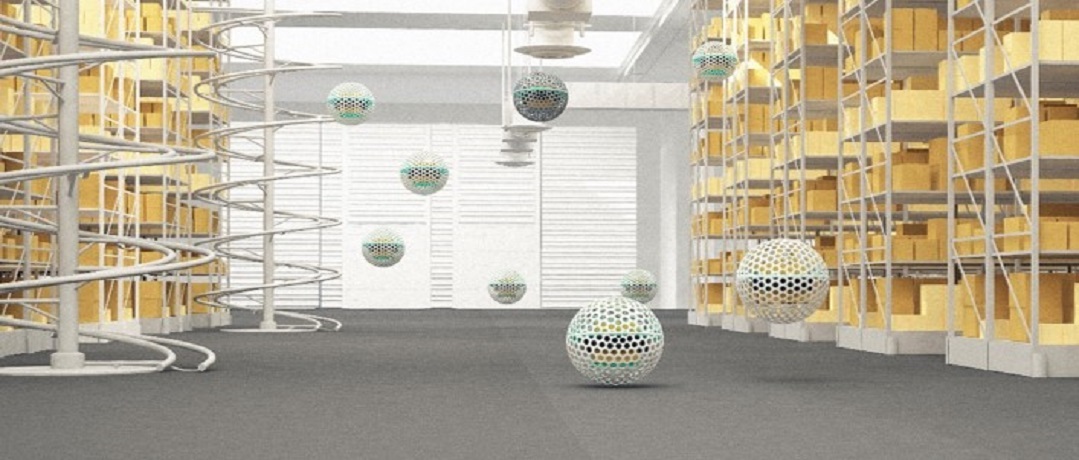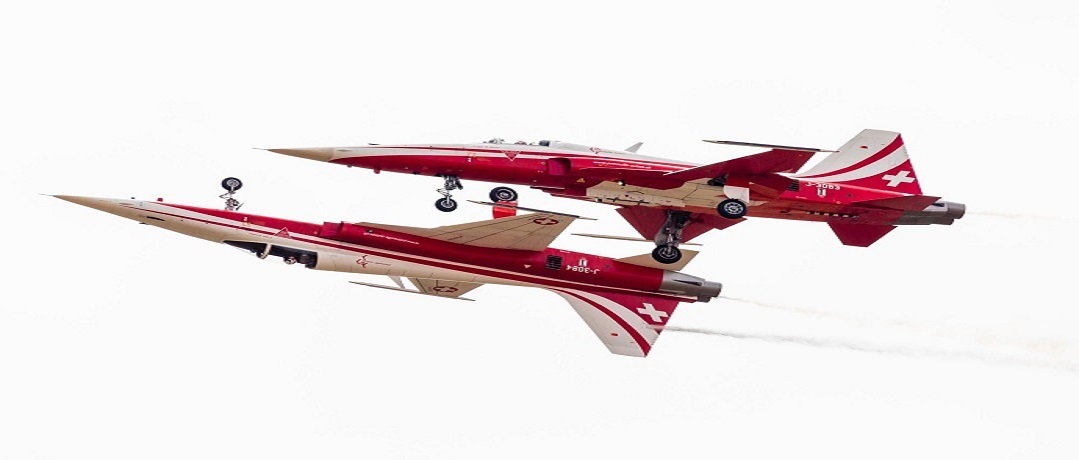Our joint tasks begin here !
What demands do you have of us ?
The requirements in cable assembly can be very diverse.
The different areas must be coordinated with each other.
In addition, a continuous improvement process must be implemented.
Take advantage of our many years of experience and expertise for your company.
Our services for your company
Areas

Production
Production analysis
In order to produce with the maximum possible performance, maximization is also required in terms of operation, logistics, process organization, maintenance, etc.

Quality
Zero-defect strategy
The requirements are increasing.The demands for controllable, traceable quality are unavoidable.

Seminars
Further training for employees
If companies want to remain competitive, they should invest in the further training of their employees.



Second hand machines
Top condition - Refurbished
Compared to new machines, used machines are generally cheaper, which leads to a reduction in investment costs.
Cable assembly versus wire harness may sound like a duel between two rival teams, but in the everyday world of communication, networking, electricity and all kinds of connectivity, it's not about rivalry, it's about distinguishing one from the other. Cable assemblies and wiring harnesses are necessary components with multiple applications in numerous areas of industry, commerce, the consumer sector and the public and private service sectors. The list is exhaustive - telecommunications, industrial and consumer electronics, automotive, medical, manufacturing, military, computers, aerospace, semiconductors, government agencies and so on.
Although cable assemblies and wire harnesses are each used to transmit signals or electrical power, they differ greatly in their complexity and use.
The difference between cable assemblies and wire harnesses is that cable assemblies create a path from one point or circuit to another, while wire harnesses connect multiple points or circuits with multiple branches running in different directions and fulfil multiple functions with multiple connections at each branch.
Cable assembly
Cable assemblies consist of one or more wires that come together in a single sleeve with a plug or connector at each end. Cable assemblies can be groups of wires or cables bundled together. Encased in a thermoplastic or vinyl sleeve, cable assemblies are ideal for routing groups of wires and cables around obstacles. Cable assemblies are designed to fulfil specific functions determined by the plugs, terminals and connectors located at each end. They are used in most electronic applications, from flat panel displays and automotive electronic systems to integrated cockpit systems and simple LED-lit garments, costumes and accessories.
What are cable assemblies used for?
Cable assemblies bring together or connect different circuits or electrical paths so that they can transmit signals or power together. They generally only have two ends to connect point A to point B.
Ethernet cable assemblies, for example, are designed for services with bandwidth speeds of up to 10 Gigabit Ethernet, such as those used in large data centres, military field units and medical facilities. For applications that require a lightweight, smaller assembly that can transmit clearly and quickly over long distances, support higher bandwidths and provide high voltage isolation, fibre optic cable assemblies are the right solutions. Industries where fibre optic cable assemblies are used include aerospace, automotive, industrial, medical and military.
Wire harness
A wire harness is a method in which multiple point-to-point cable assemblies are joined together to form a final assembly. They are generally held together with cable ties or some type of protective covering that protects the wires or cables from environmental influences such as moisture, heat or friction and organises the various breakouts for easy routing through a system or box assembly.
What are wire harnesses used for?
Although a wire harness can be confused with a cable assembly, the main difference is that wire harnesses usually have multiple ends or branches that run in different directions and fulfil multiple functions with multiple connections at each branch.
Custom wiring harnesses are used in durable goods such as household appliances, in and around engines of all kinds - cars, buses, locomotives, lorries and even aircraft. Electronic devices, construction equipment, industrial equipment and HVAC products all use wire harnesses.
Cable assemblies and wire harnesses are necessary components for all types of networks, connectivity, communication and power supply. Whether you need a custom cable assembly or a wire harness for a job depends on the application requirements. By understanding the different functions of each, you can easily select the right component to fulfil the requirements of the job.
Custom cable assemblies are manufactured to meet customer-specific application requirements and can be used in a variety of applications, from medical and healthcare-related devices to consumer electronics and robotics. They are critical components of modern technology that enable the transmission of information and power in unique and specialised ways.
Customised cable assemblies for any configuration or requirement, tailored to the specific needs of your customers. We provide everything from technical support to final assembly and electrical safety testing. You utilise automated high-speed cutting, stripping and crimping processes whenever possible to improve process repeatability and increase the overall quality of your products. Your company also utilises statistical process control (SPC) techniques to ensure that your products remain consistent.






